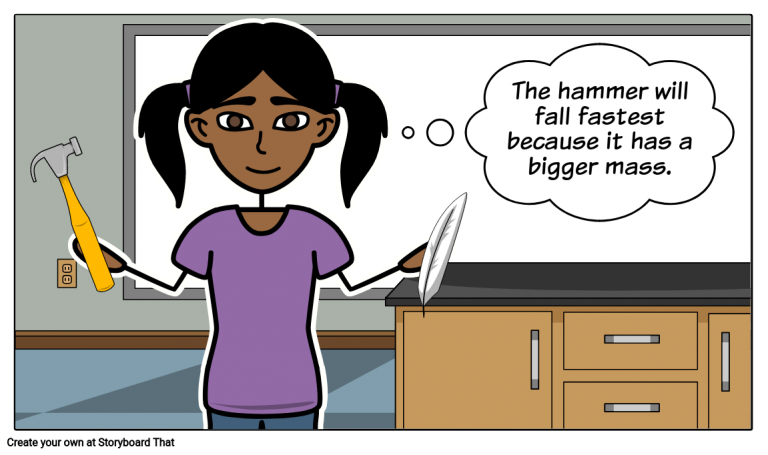
Oreste Tarallo
Associate Professor in General Chemistry at the Department of Chemical Sciences of the University of Naples Federico II. Experience in polymer chemistry and cristallography. Involved in STEM-CPD@EUni project as co-leader of O5, responsible of the development of the Summer Schools.


